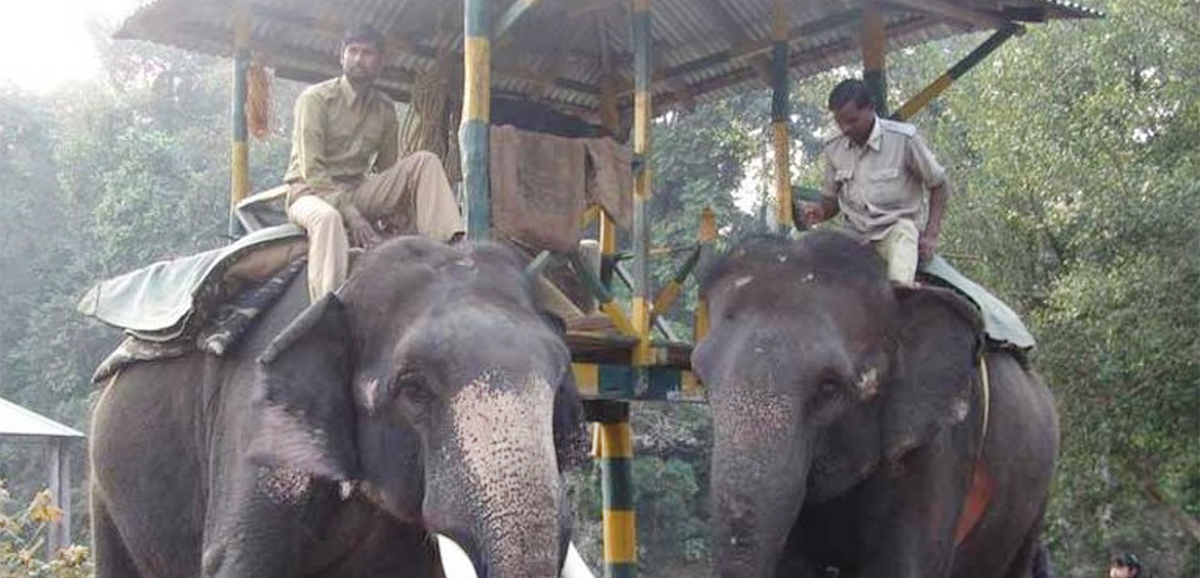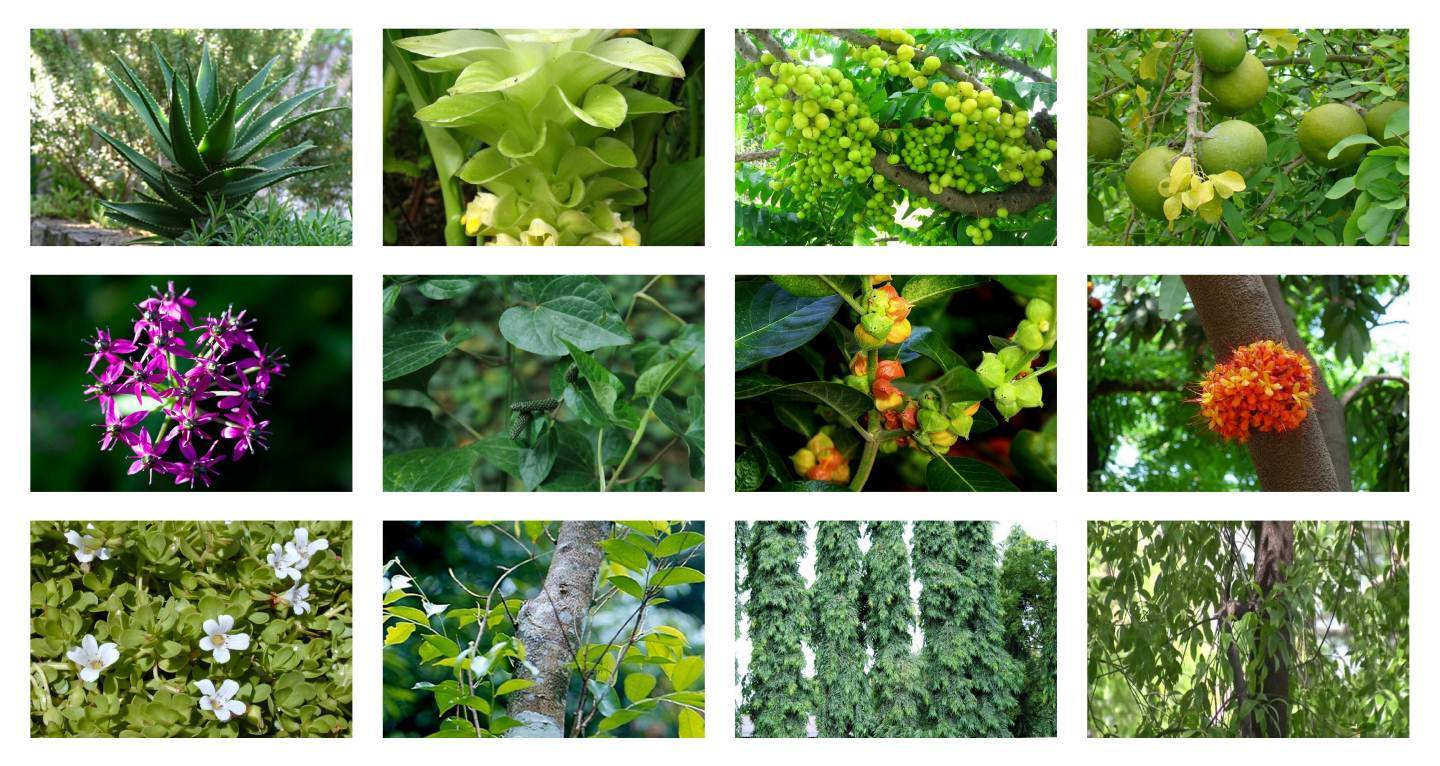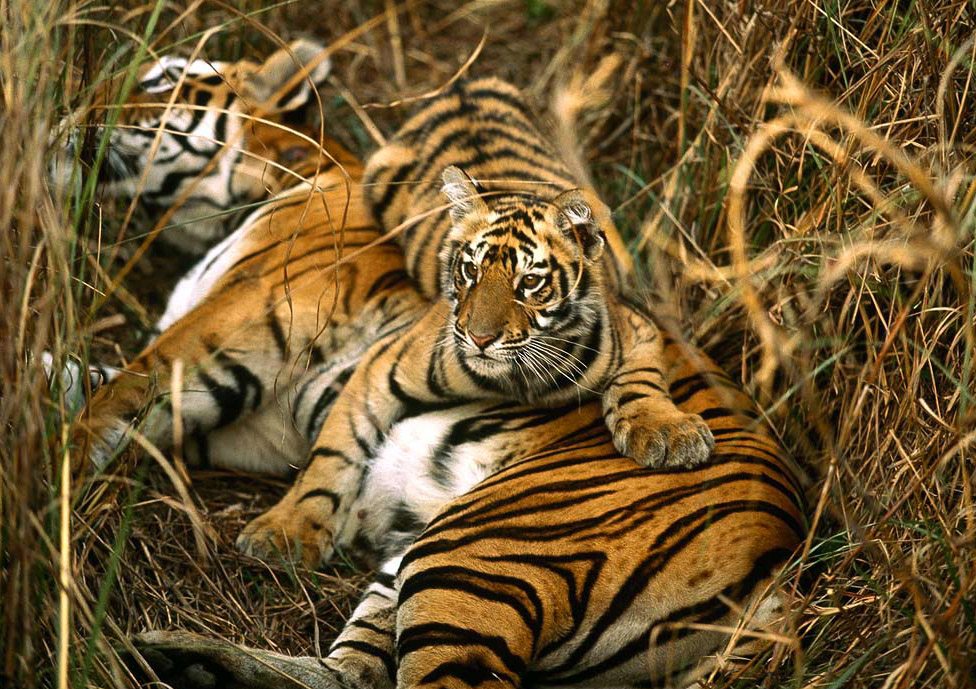Much to the delight of forest lovers, the State Forest Department, for the first time, has decided to keep selective portions of various forests in northern Bengal open for tourists during the monsoon season, that is, from mid-June to mid-September.
Usually, the entire forest areas remain closed for tourists from June 16 to September 15. On demand from many tour operators, resort owners and transport operators, who have in turn listened to requests by tourists, the department has decided to keep certain areas open.
There is something special about the natural beauty of forests during the rainy season and many tourists are keen to witness this. The green of the forests acquires a special glow during this time of the year.
Kalipur Jungle Camp, Dhupjhora Eco Tourism Camp under Gorumara National Park, Panjora Jungle Camp, Murti Jungle Camp, Hornbill Jungle Camp and Chukchuki Watchtower, which are also located in close proximity of Gorumara, will be kept open, including the route in Chapramari forest from the entrance gate to the watchtower.
The Dakshin Khayerbari Tiger Rescue Centre and Mendabari Jungle Camp under Jaldapara National Park and areas like Sikiajhora Eco Tourism Centre, Poro Eco Park, Buxa Fort, Jayanti, etc. under Buxa forest will also remain open for tourists.
It may be mentioned that the season from June to September is also the mating season for many animals. Hence, the department would ensure that no disturbance is created for the animals. Therefore, no jeep safari or elephant safari will be allowed inside the forests.
A number of species of animals like tigers, rhinoceros and elephants make their habitat in the forests of the Dooars. Other animals include various types of deer, bison, birds and reptiles.
Source: Millennium Post










